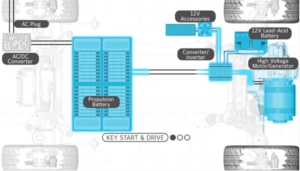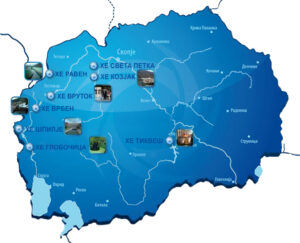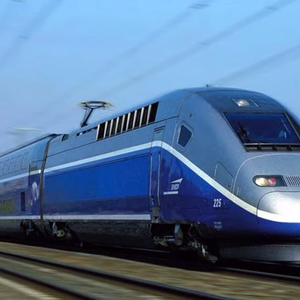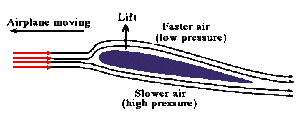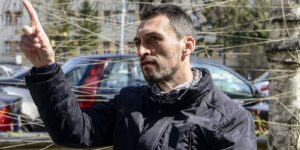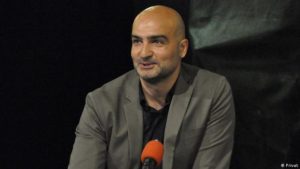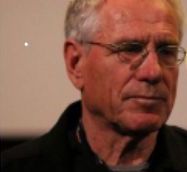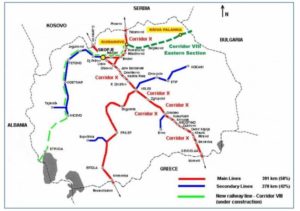Nikola Sindre potkast: Dear friends, today, we will be talking about the transport, the purpose of it, the better ways of using it, the possibilities that we should think of. For example, I am one of the smallest polluters on Earth. Why? That is because I do not poses a car, I always use to travel on feet for short distances, on a bike for longer ones and by public transport when I am really tired. Also, I frequently use taxi services since I also want to wear a dress sometimes and it is a little bit complicated to go out dressed like that. I am tired of explaining, but let me remind you that from Skopje to Bitola, my birth town, there are 160 kilometers between and 4 hours’ time travelling… There are no buses between Skopje and Sofija, or Skopje and Thessaloniki, so…
Nikola Sindre potkast: Let us hear Minanov from the Organization for Electric Vehicles in Macedonia to tell us something more about the necessity and importance of effective public transport.
Kiril Minanov: Electrification of transport is quite obviously the future, the foreseeable and not the science fiction one. In this respect, I assume that massive re-electrification processes must start with special regard to city to city rail transits, as in Macedonia we have roughly 900 kilometers of rails, out of which 320 are electrified in the north-south line, so we would need to put an effort to electrify as mush as possible, but also build another 900 kilometers with electrified overhead lines, such as the east-west Bulgaria to Albania one. I project that we can double the capacity of the rails in kilometers, basically to interconnect all cities, but also spread rail links with all our neighboring countries, which at this moment is lacking. For the capital city of Skopje, 4 fundamental projects for electrification are important. As I work in the field for years and I wrote a research paper as research engineer, I can reflect on this.
First, we need to invest in 5 tramway lines and a circular line (5 + 1) around the center that would link all 5 lines as building in the center is not a good idea, but the circular will link them where as smart transfers will be available.
Second, for Skopje, would be to connect the Central Transport Center which sits in the center of the city with the airport, and do the southern rail line possible, from the village of Zelenikovo to Gjorce Petrov, where as a whole rail circle around Skopje would than be completed, because now, we have a rail system as a semi circle around Skopje.
Third: Fast rails for interconnection with other countries, rails systems of up to 250 kilometers.
Fourth: Where possible use the asphalt and the running streets to build a trolley systems and electric bus systems in the smaller cities, but also in the capital.
Conclusion: build the tramway lines in the urban parts and at the same time do interconnection with the massive railway transit system from the suburban regions, thus mesh the suburban areas of with the urban areas. But why not think about such systems with trolley or electric buses for other cities like Bitola, Tetovo, Stip, Kumanovo, Kavadarci as well, as they would integrate wonderfully in the re-electrification of transport, where rail will be dominant and will account for 70 percent of transport. Thus, the estimation would be have a total of 2000 kilometers of electrified rail transit systems plus the light rail transit – LRT tramway, somewhere even fast rails for interconnection with other countries and trolley and electric bus systems for smaller cities. What about the costs and the time dynamics for build up? Yes, it will cost, but we are talking about at least 50 years of exploitation. Gradually, this can be built in 10 years if we concentrate our resources there, if we engage the socioeconomic and anthropological factors, the politics, the regional frame, the tech mind masters.
Nikola Sindre potkast: Well, some of these things must be implemented in the next period or we will get worse for better price. Thank you Kiril. Thank you too my dear viewers.
…




